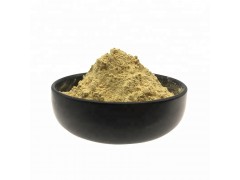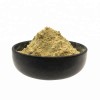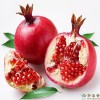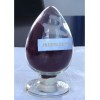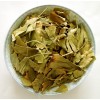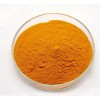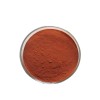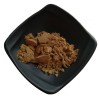| Product Name: | Naringin |
| Latin Name: | Citrus grandis(L.)Osbeck |
| Source: | Naringin is the major flavonoid glycoside in grapefruit and gives grapefruit juice its bitter taste. It is metabolized to the flavanone naringenin in humans. Both naringenin and hesperetin, which are the aglycones of naringin and hesperidin, occur naturally in citrus fruits. |
| Used Part: | pericarp |
| Active Ingredient: | Naringin |
| Specification: | 98% |
| Appearance: | almost white powder |
| Test Method: | HPLC |
| CAS.No.: | 10236-47-2 |
| Functions: | Naringin exerts a variety of pharmacological effects such as antioxidant activity, blood lipid lowering, anticancer activity, and inhibition of selected drug-metabolizing cytochrome P450 enzymes, including CYP3A4 and CYP1A2, which may result in drug-drug interactions in vivo. Ingestion of naringin and related flavonoids can also affect the intestinal absorption of certain drugs, leading to either an increase or decrease in circulating drug levels. To avoid interference with drug absorption and metabolism, the consumption of citrus (esp. grapefruit) and other juices with medications is contraindicated. |
| Usage: | Naringin, followed by rutin, was the most potent flavonoid inhibitor of VEGF release, which causes angiogenesis, out of 21 flavonoids.When Naringin is treated with potassium hydroxide or another strong base, and then catalytically hydrogenated, it becomes a naringin dihydrochalcone, a compound roughly 300-1800 times sweeter than sugar at threshold concentrations. |
| Storage: | Protect from light. Store in cool and dry places |
| Shelf Life: | two years |
| Package: | 5Kg/drum,10Kg/drum,25Kg/drum |


